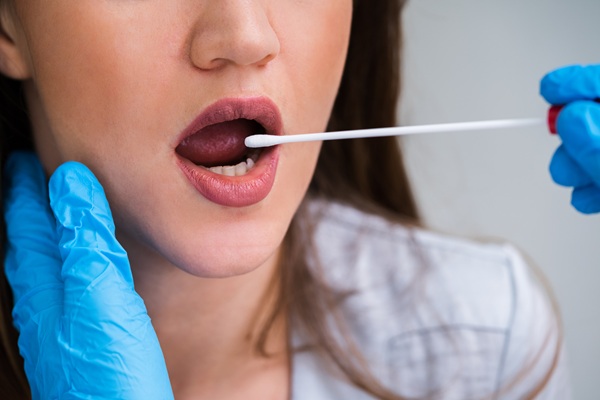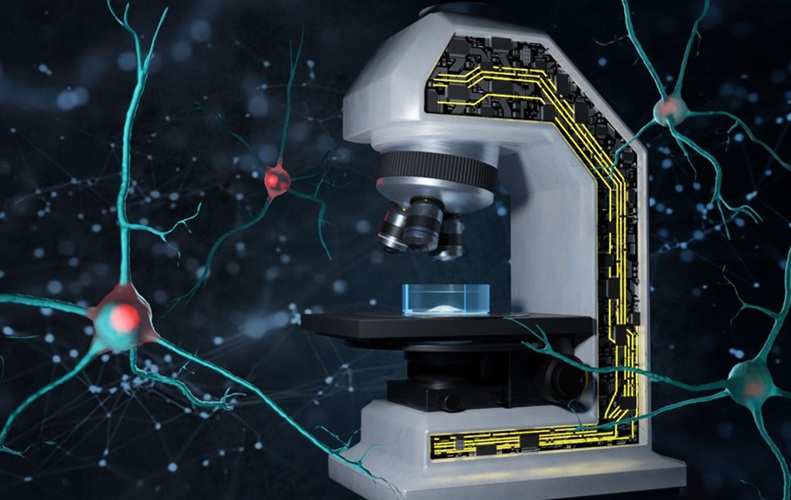Saliva Test to Enable Early Detection of Diabetes and Obesity
Posted on 05 Aug 2025
Type 2 diabetes affects about 400 million people globally and is typically diagnosed through elevated blood glucose levels. However, conditions like insulin resistance and hyperinsulinemia may begin developing 10 to 20 years before a diagnosis. Detecting hyperinsulinemia early is important because it is a known predictor of several chronic conditions, including Type 2 diabetes, hypertension, cardiovascular disease, stroke, cancer, and obesity. Current methods to detect insulin levels require invasive blood sampling and lab-based analysis, making early detection less accessible. Now, a new study reveals that a saliva-based test may offer a simple, non-invasive method to identify people at risk of developing metabolic disorders, even before symptoms appear or blood sugar levels begin to rise.
The study, by researchers at the UBC Okanagan’s School of Health and Exercise Sciences (Kelowna, BC, Canada), evaluated whether insulin levels in saliva could serve as a reliable indicator of metabolic health. The research included 94 healthy participants across a range of body sizes who, after a fasting period, consumed a standardized meal-replacement shake. Saliva samples were collected at 30, 60, and 90 minutes post-consumption, alongside finger-prick blood glucose tests. Prior studies at UBCO had already shown that saliva insulin levels closely track plasma insulin levels throughout the day, even after meals with differing carbohydrate contents. This new study aimed to build on that insight and develop a practical, needle-free test for early detection of hyperinsulinemia.

The findings, published in Applied Physiology, Nutrition, and Metabolism, indicate that saliva insulin levels were significantly higher in individuals with obesity, even when their blood glucose levels remained normal. The study also discovered that some lean individuals exhibited large saliva insulin spikes after the test meal, suggesting elevated risk despite healthy weight and glucose levels. Additionally, waist circumference showed a stronger correlation with elevated saliva insulin than age or overall body weight, indicating it may be a better predictor of early metabolic dysfunction. Researchers suggest that saliva testing could become a valuable tool to distinguish between metabolically healthy individuals and those at risk, and future work will focus on refining this method for broader clinical application.
"If hyperinsulinemia can be detected before blood glucose levels start to rise, people at risk for Type 2 diabetes could be identified early, allowing for lifestyle changes and other treatments to be introduced long before glucose levels rise," said Dr. Jonathan Little, lead investigator of the study.
Related Links:
UBCO School of Health and Exercise Sciences













